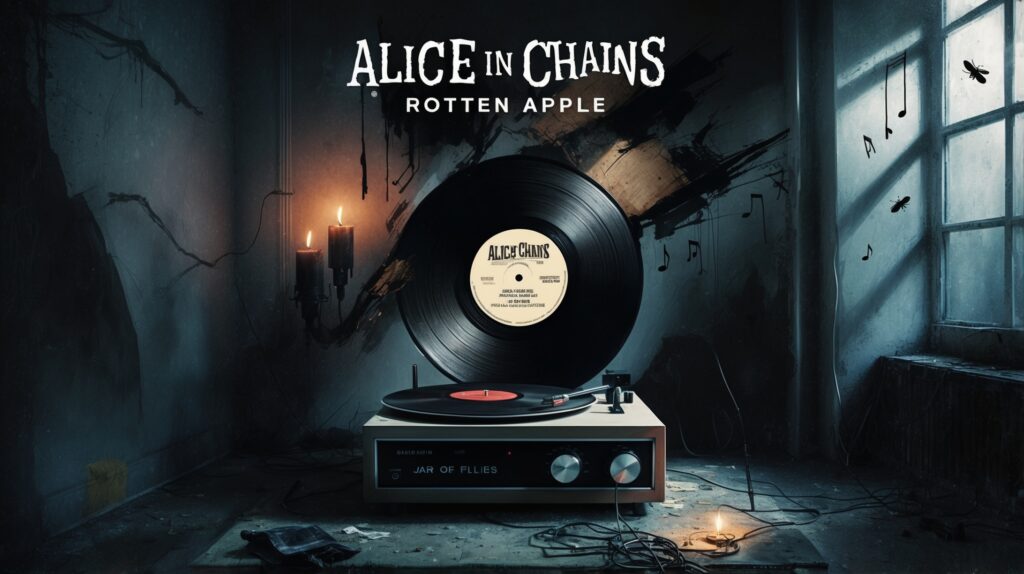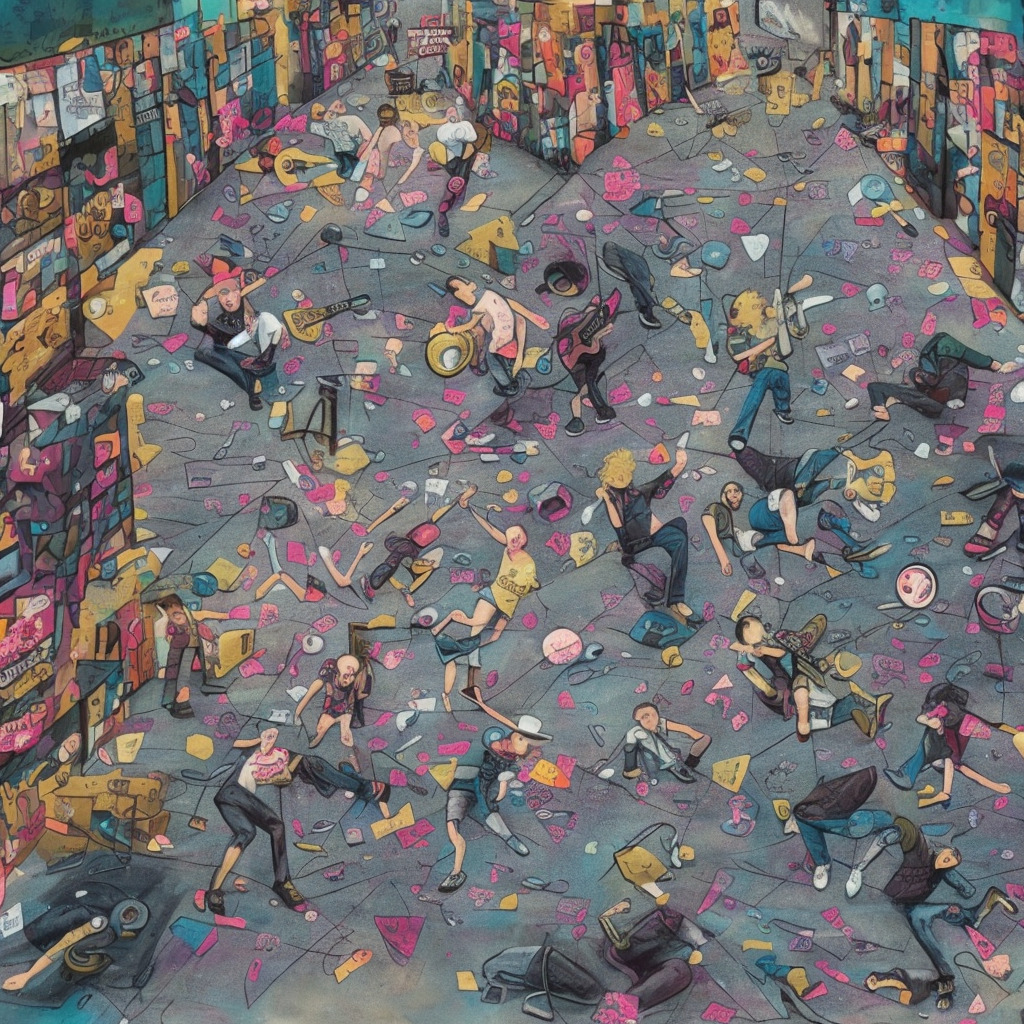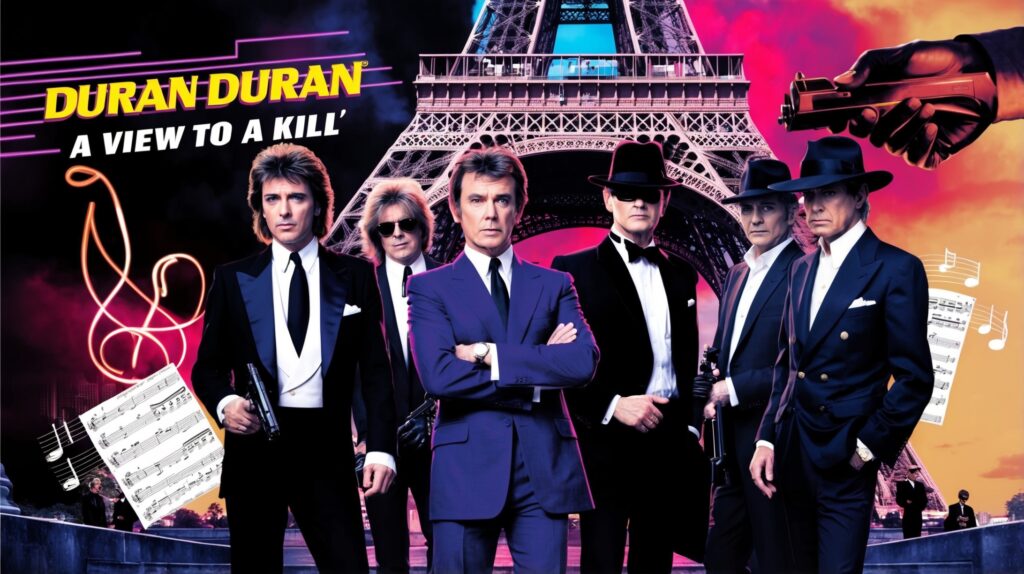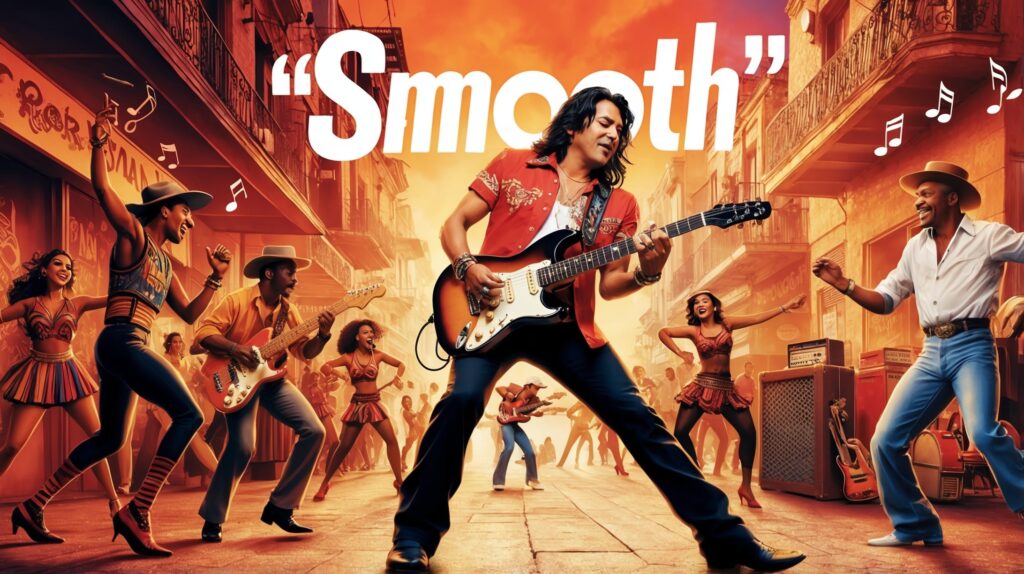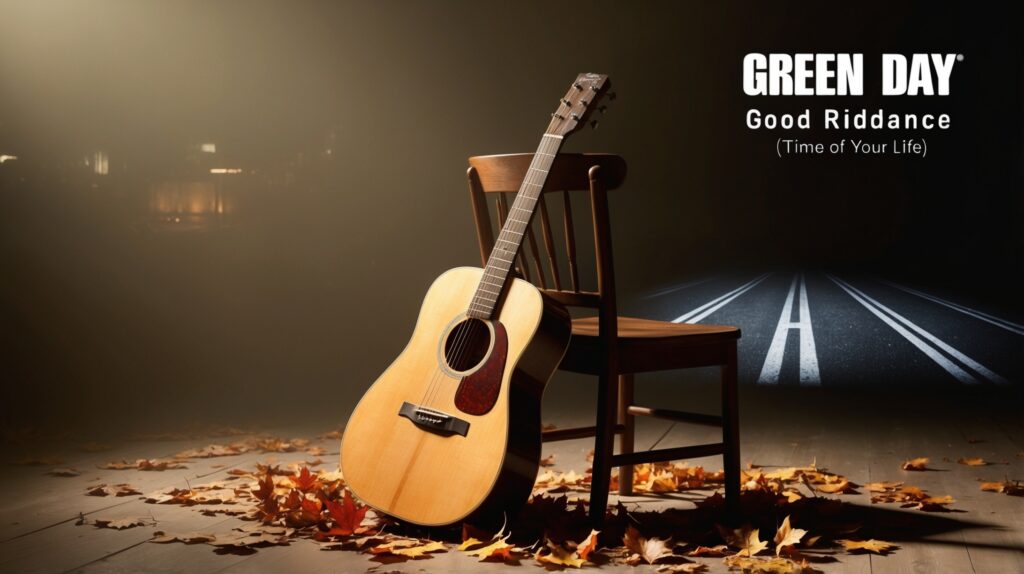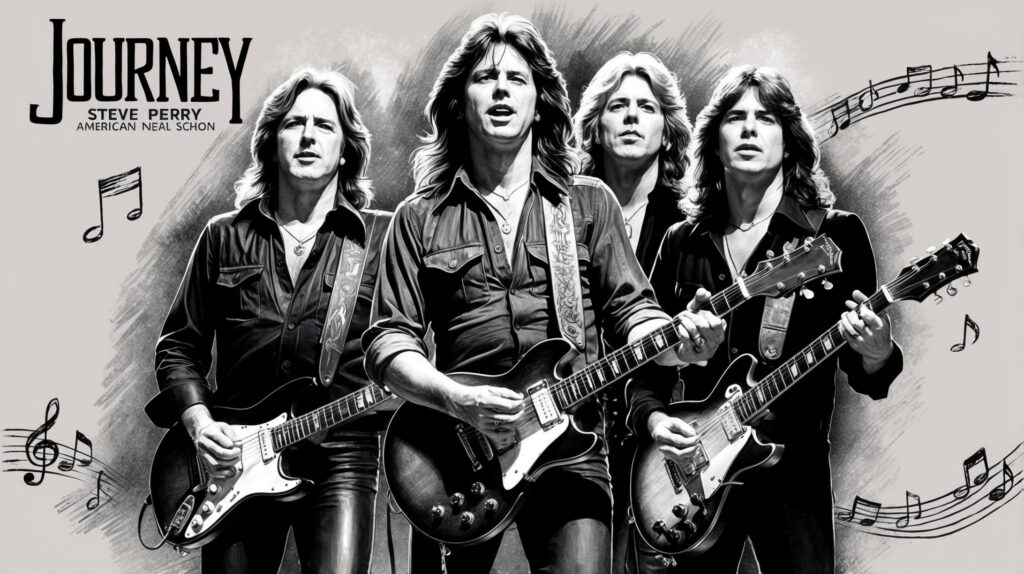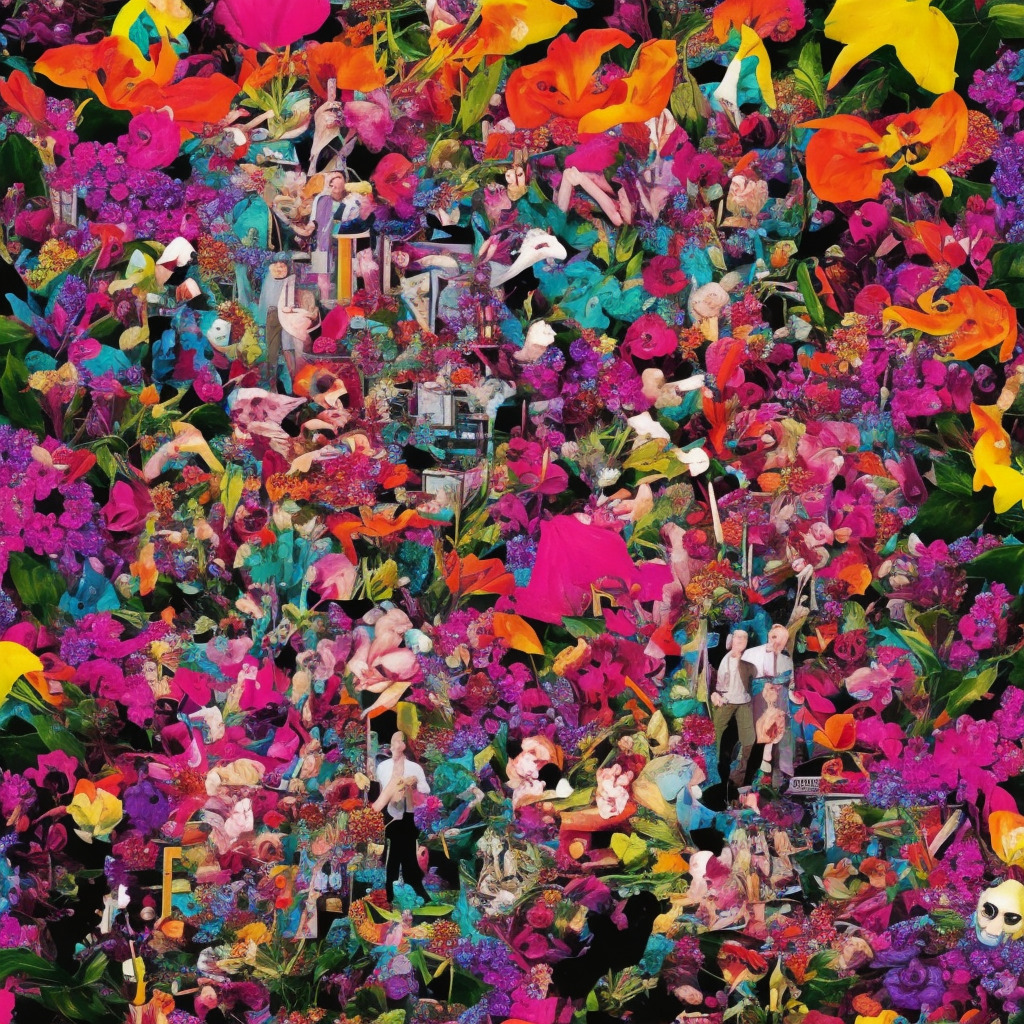Alice In Chains: The Architects of Grunge’s Darker Tones
Alice In Chains, a linchpin of the grunge scene, has left an indelible mark with their blend of metal and grunge. Formed in 1987, their iconic sound resonated in the 90s. “Rotten Apple” captures the era’s thematic rawness, showcasing their creative evolution.
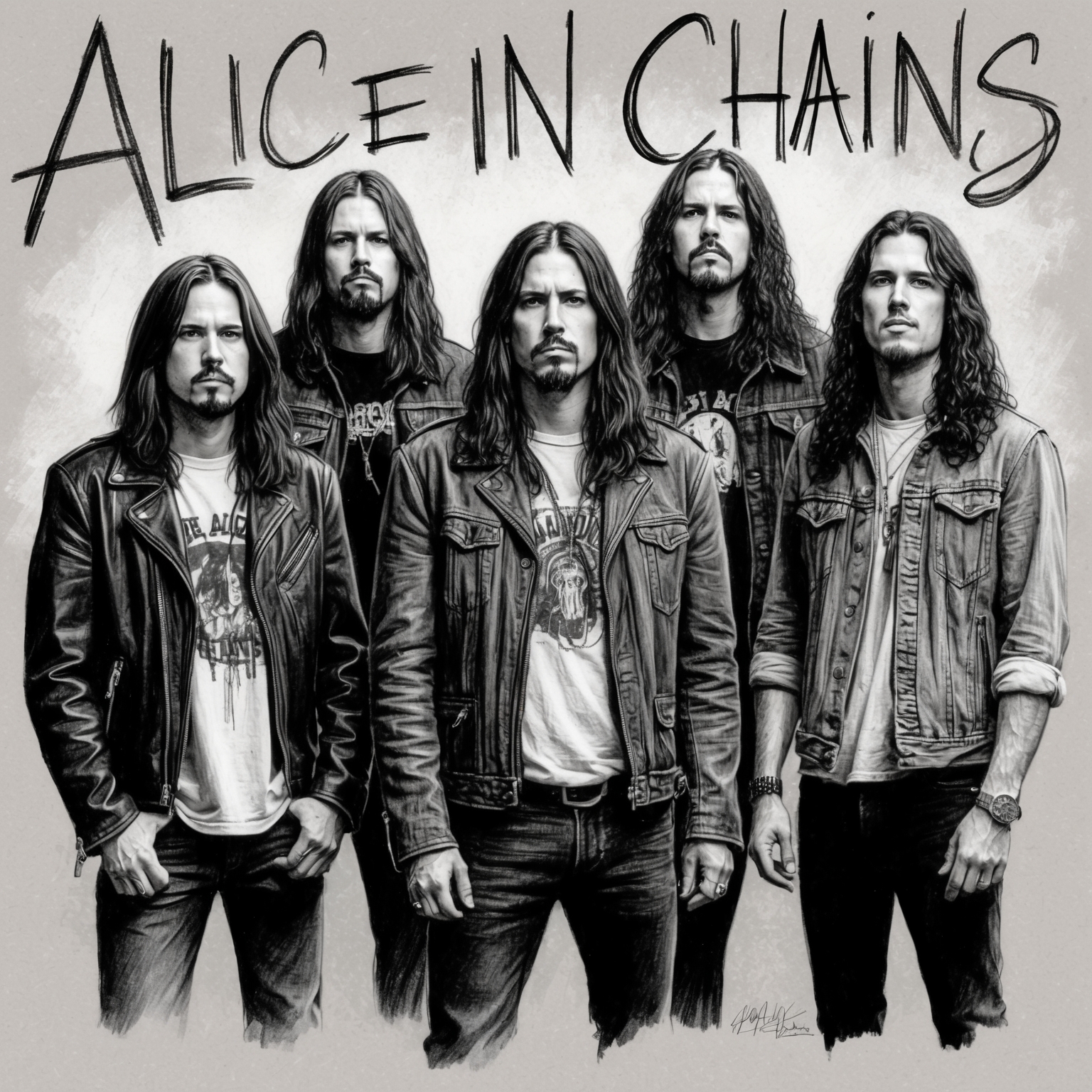
Much like the song itself, Alice In Chains stands as an emblematic pillar of the grunge movement that swept through the 1990s music scene. Emerging from Seattle, their sound was characterized by a unique blend of metal and grunge, enriched with haunting harmonies and introspective lyrics. While “Rotten Apple” wasn’t released as a standalone single, it resonated deeply with fans, spotlighting the band’s signature edge and thematic boldness.
Alice In Chains was formed in 1987 by guitarist and vocalist Jerry Cantrell and drummer Sean Kinney. The band, which later included the soulful vocals of Layne Staley and bassist Mike Starr (and eventually Mike Inez), gained immediate attention for its raw emotional depth. Their early trials, which involved playing in Seattle’s underground venues, culminated in a record deal that catapulted them to fame with the release of their debut album, “Facelift.” As they progressed, their music often grappled with themes of addiction and despair, reflecting the tumultuous personal lives of the band members, particularly Staley’s battles.
The era in which “Rotten Apple” was crafted was transitional, not just for the band but for the entire rock genre. Emerging in 1994, during a time when grunge was reaching its zenith, Alice In Chains was navigating the often murky waters of personal loss and success. This particular track, featured on their EP “Jar of Flies,” is emblematic of the band’s innovative spirit, marking a shift towards more acoustic and nuanced soundscapes. Despite internal challenges, the band maintained its collaborative ethos, with Cantrell primarily responsible for the song’s creation while drawing inspiration from the band’s shared experiences.
The Vision Behind ‘Rotten Apple’: Jerry Cantrell’s Artistic Contribution
Jerry Cantrell’s noteworthy contributions to ‘Rotten Apple’ lie in his distinct guitar work and insightful composition. He’s not only shaped Alice In Chains’ sonic identity but also infused their music with deep, emotive storytelling.

Background and Career: Known for his distinctive guitar riffs and songwriting prowess, Jerry Cantrell is a monumental figure in the grunge and rock scenes. Born in Tacoma, Washington, Jerry developed an early passion for music and honed his craft through years of playing in various garage bands. His involvement with Alice In Chains from its inception played a pivotal role in shaping the band’s unique sound. Over the years, Cantrell has not only garnered respect as a guitarist but also as a leading composer and lyricist, contributing significantly to the band’s success.
Musical Style and Influences: Jerry Cantrell’s musical style is an intricate blend of heavy metal, grunge, and blues elements. Inspired by iconic bands like Black Sabbath, Led Zeppelin, and Metallica, his compositions often weave through dark themes and haunting melodies. Cantrell’s proficiency in crafting brooding soundscapes has been instrumental in establishing Alice In Chains’ place within the grunge movement, setting them apart as innovative storytellers.
Role in the Song’s Creation: In ‘Rotten Apple,’ Cantrell’s role was crucial in both its lyrical and musical dimensions. His guitar work sets a somber tone that complements the introspective lyrics, creating a track that is both heart-wrenching and captivating. Cantrell’s unique ability to balance gritty riffs with emotive melodies allows the song to resonate on a deep level, highlighting his exceptional skill as a composer.
Lyrics and Music Interplay: The synergy between Cantrell’s composition and the lyrics of ‘Rotten Apple’ speaks volumes about his artistic vision. His knack for crafting music that amplifies lyrical narratives is evident, with the song’s arrangements enhancing the themes of longing and introspection. This interplay showcases Cantrell’s innate understanding of how to evoke the intended emotions, allowing listeners to experience the story both audibly and emotionally.
Comparison with Other Works: Comparing ‘Rotten Apple’ to Cantrell’s other compositions reveals a consistent thematic approach—exploring the darker facets of human experience. While other tracks like ‘Man in the Box’ and ‘Would?’ carry more confrontational tones, ‘Rotten Apple’ offers a more reflective and melancholic insight, demonstrating Cantrell’s versatility and depth as a composer.
Recognitions and Tributes for “Rotten Apple”
“Rotten Apple” by Alice In Chains may not have formal accolades but has earned cultural significance through covers and media appearances.
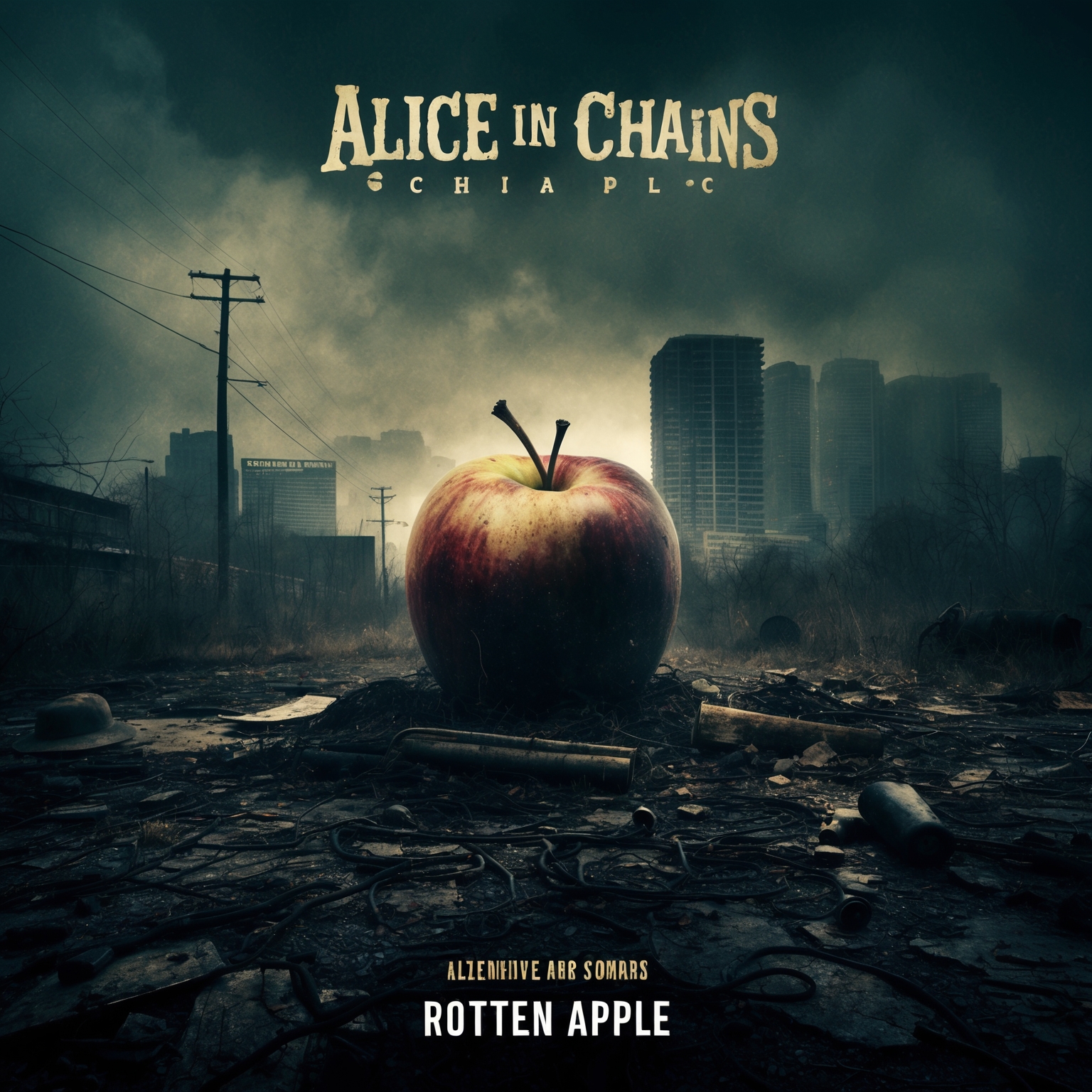
Alice In Chains’ “Rotten Apple” may not have grabbed the mainstream awards spotlight like some of their other tracks, but it still holds a cherished place in the hearts of fans and in the legacy of the band. The song’s unique composition and emotional depth have made it a favorite for many who explore the band’s discography. While it has not officially been nominated for any major music industry awards, its impact is felt in the alternative rock sphere.
Despite not receiving formal accolades, “Rotten Apple” has inspired a variety of covers by artists who admire Alice In Chains’ profound style. These covers span from amateur musicians on platforms like YouTube to more established artists paying homage to its haunting soundscapes and mood. The song’s distinctive style allows for creative reinterpretations, showcasing its emotional resonance across different musical genres.
The sonic atmosphere of “Rotten Apple” also lends itself well to visual storytelling, and as such, it has found its way into several movie and TV contexts. It appeared in a few documentary soundtracks reflecting the grunge era, where its melancholic tone complements the introspective visuals. While perhaps not featured in high-profile blockbuster movie soundtracks, its subtle integrations in visual media have provided it an ongoing cultural presence, echoing with listeners and viewers through emotionally conveying scenes.
The Chart Journey of ‘Rotten Apple’: A Deep Dive into Its Performance
Despite not being released as a single, ‘Rotten Apple’ significantly contributed to the chart-topping success of Alice in Chains’ ‘Jar of Flies,’ resonating with fans and critics alike while enhancing the band’s cultural legacy.
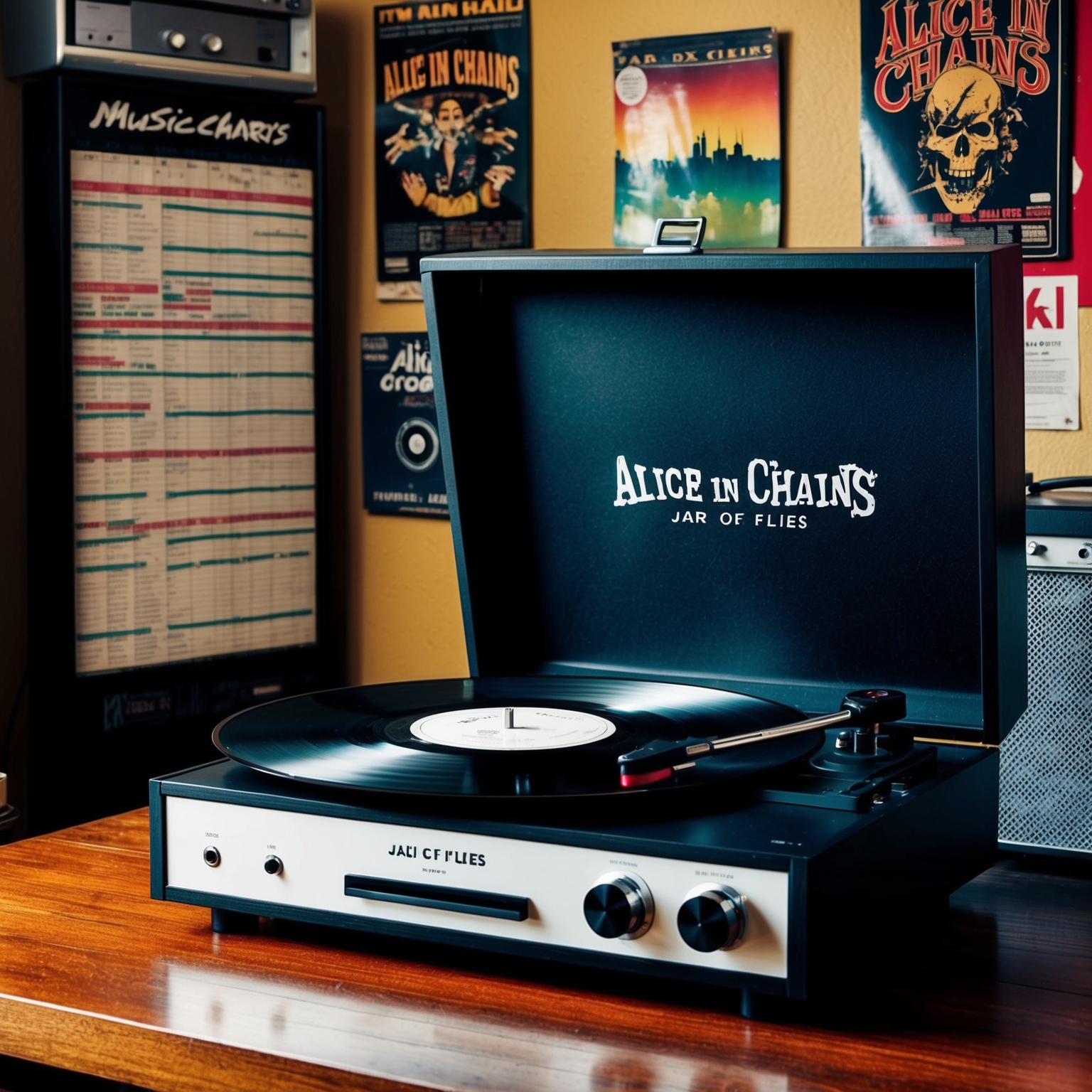
Released on March 8, 1994, as part of the band’s critically acclaimed EP ‘Jar of Flies,’ ‘Rotten Apple’ emerged into the rock scene during a pivotal moment in Alice in Chains’ career. Despite the track not being released as a single, it contributed significantly to the EP’s success, which debuted at number one on the Billboard 200, a testament to the band’s immense popularity at the time. This achievement marked a historic moment as Alice in Chains became the first band in music history to have an EP reach the top of the charts.
Although ‘Rotten Apple’ itself didn’t climb the Billboard Hot 100 due to its non-single status, it played a vital role in maintaining the momentum generated by their previous hits. The song resonated deeply with fans, embodying the band’s signature blend of moody, introspective grunge that captivated audiences around the world.
In comparison to other tracks from ‘Jar of Flies,’ such as ‘No Excuses,’ which received significant radio play and chart success, ‘Rotten Apple’ cultivated a more underground appeal. However, its distinctive sound and haunting lyrics strengthened Alice in Chains’ standing as pioneers of the grunge movement, embedding them deeper into the cultural zeitgeist of the 1990s. The track’s enduring appeal can be observed in how it continues to draw streaming numbers that rank alongside its more commercially successful siblings.
The public and critical reception of ‘Rotten Apple’ underline its importance in Alice in Chains’ discography. Fans praise its raw emotional depth, while critics laud it as a quintessential example of the band’s knack for blending somber themes with melodic instrumentation. Today, it maintains a strong presence within various streaming playlists, showcasing its lasting impact and influence, not only on Alice in Chains’ career but on the entire grunge genre.
Exploring Visual Interpretations of ‘Rotten Apple’
Discover how fan-made videos and live performances have kept ‘Rotten Apple’ visually lively, adding depth to its haunting resonance.
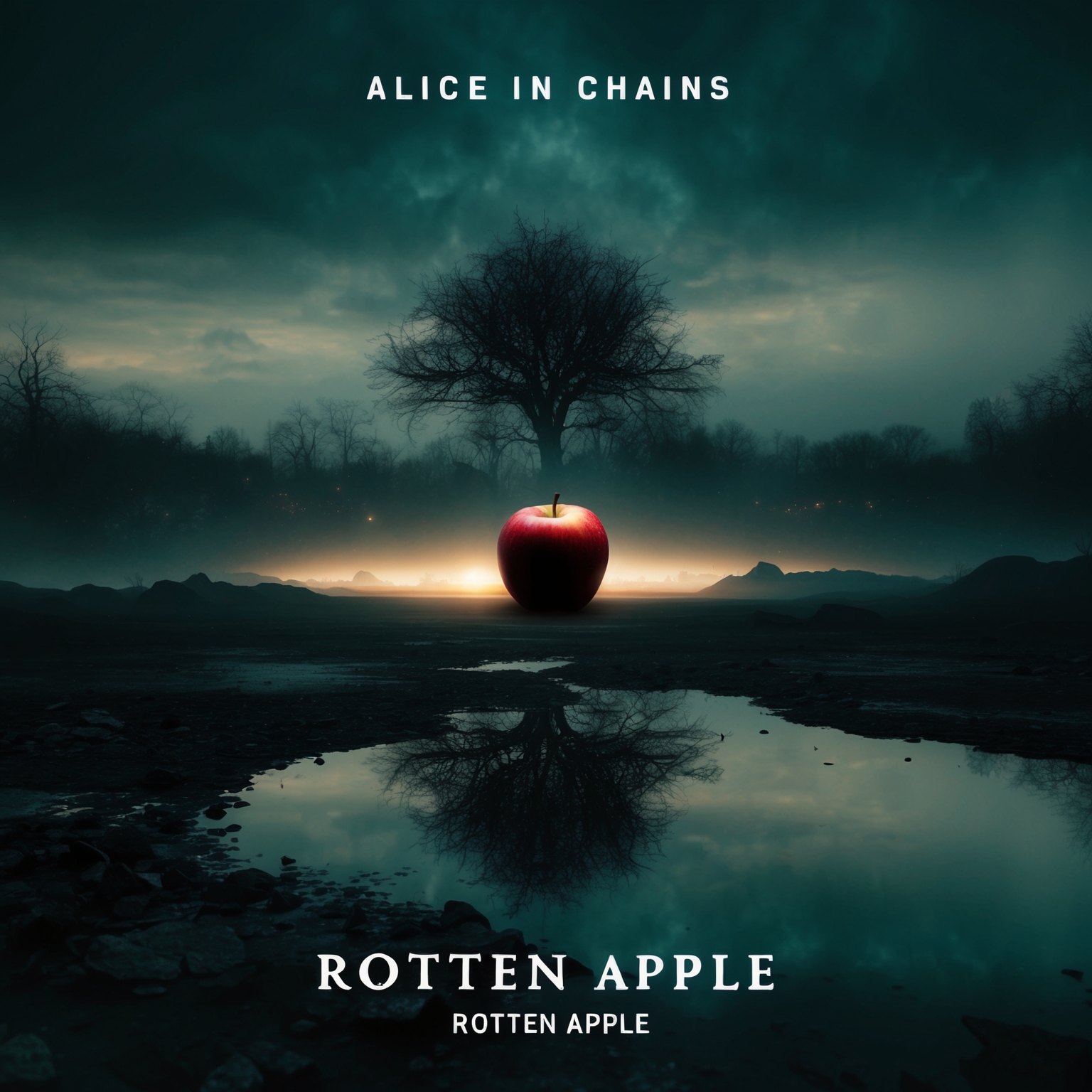
Rotten Apple’ by Alice In Chains does not have an official music video, but its haunting resonance and sultry darkness have inspired countless fan-made videos and creative interpretations. These fan videos often capture the essence of the song’s emotional depth, using imagery that echoes the sense of existential angst and introspective reflection inherent in the track. Through elements like dim lighting, slow-motion landscapes, and abstract visuals, fans have managed to encapsulate the gritty and haunting vibe emblematic of Alice In Chains’ sound.
Beyond fan compilations, numerous live versions of ‘Rotten Apple’ further visualize the band’s raw energy and emotional connection to this iconic track. Live performances, particularly those during the band’s MTV Unplugged session, offer a rare glimpse into their ability to translate studio magic into compelling stage performances. The unplugged version, stripped down to its most organic form, allows the musician’s raw talents and the song’s entrancing melody to shine, providing viewers with a rich and evocative sensory experience.
Despite the lack of an official music video, critics and fans alike have widely appreciated these interpretations and live performances for keeping the song lively in the collective memory of rock enthusiasts. These visual renditions have undoubtedly contributed to the cult-like popularity of ‘Rotten Apple,’ demonstrating the powerful connection between visual art and music. It stands as a testament to the song’s lasting impact and its capacity to inspire creativity across different mediums.
Unraveling the Musical Architecture of ‘Rotten Apple’
Rotten Apple’ presents a masterful blend of minor chords and rich harmonies in the key of D minor, evoking a deeply introspective mood. With its haunting melody and intricate instrumental work, the song stands as a significant evolutionary point in Alice In Chains’ discography, highlighted by its studio production under Toby Wright.
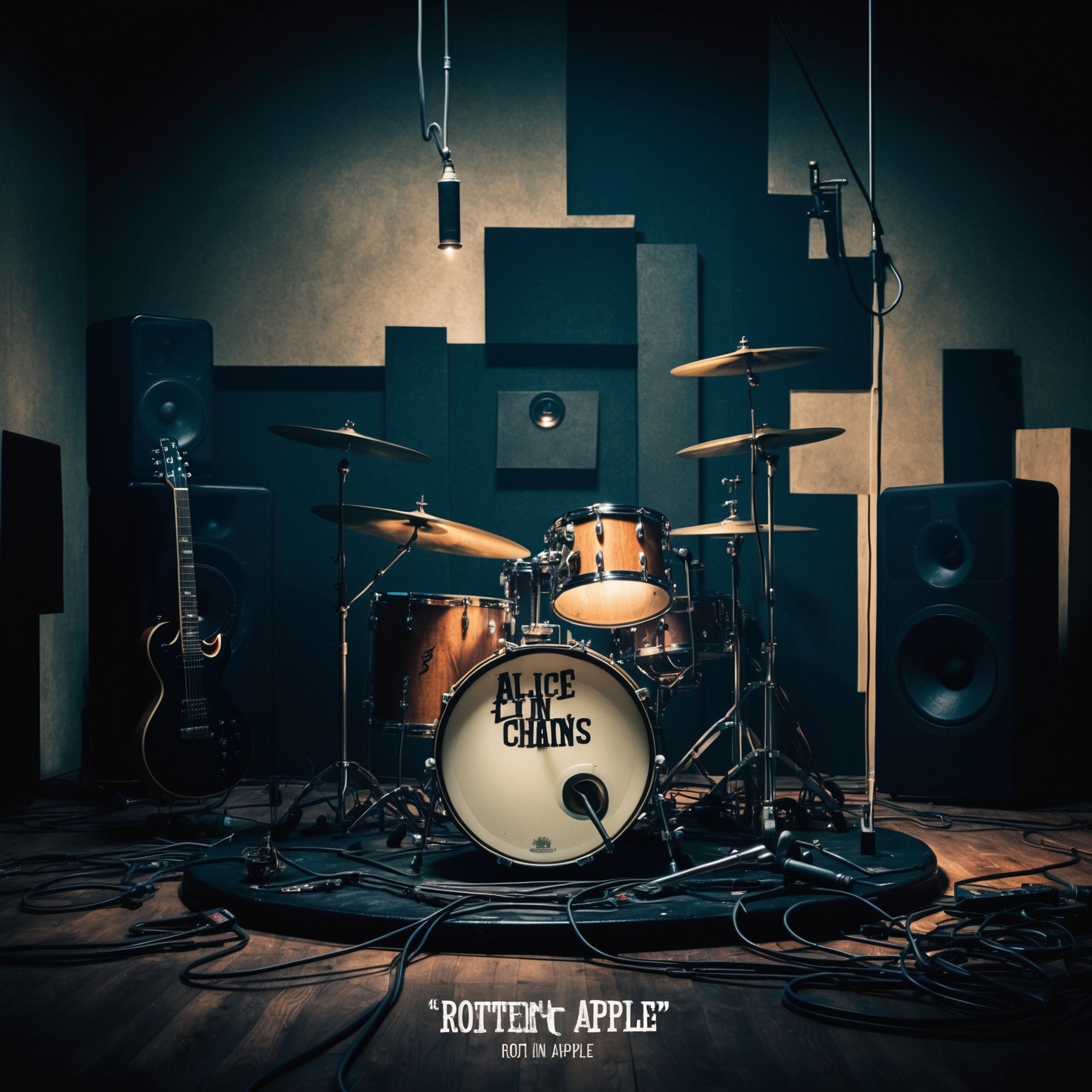
‘Rotten Apple’ by Alice In Chains offers an immersive dive into the intricate layers of musical craftsmanship that the band is renowned for. The song is written in the key of D minor, which is often associated with a somber, introspective tone, perfectly aligning with the mood Alice In Chains commonly evokes. This musical choice emphasizes the song’s dark and brooding theme, capturing the listener’s emotions from the very first note.
The chord structure of ‘Rotten Apple’ is both dynamic and haunting, featuring a series of minor and modal progressions that build a foundation of unrest and tension. The song exhibits a moderate tempo that adds to its meditative quality, allowing each chord change and lyrical delivery to resonate deeply. As the tempo subtly fluctuates, it introduces an element of unpredictability that mirrors the lyrical content’s themes of uncertainty and disillusionment.
The melody, carried by Layne Staley’s haunting vocals, weaves around the rhythm section, creating an ethereal atmosphere. The harmony features rich, layered vocal tracks that enhance the song’s introspective nature. Instrumentally, ‘Rotten Apple’ is characterized by its use of electric guitars, bass, and metronomic drums that together create a tapestry of sound that is both complex and cohesive. The guitar work, in particular, features heavy use of phasers and wah-wah effects, providing an eerie, wavering sound that complements the song’s lyrical darkness.
Within Alice In Chains’ discography, ‘Rotten Apple’ stands out as a mature composition reflective of the band’s evolving sound. Compared to earlier works like ‘Facelift’, this song demonstrates a shift towards darker, more challenging themes both musically and lyrically, showcasing the band’s ability to explore complex emotions through their music. It also foreshadows the heavier, even more introspective tone that would characterize their later releases.
Recorded at London Bridge Studio, the song was crafted under the guidance of producer Toby Wright, who helped capture the band’s raw and emotionally charged sound. Anecdotes from the recording session reveal a focused yet passionate environment, where the band’s commitment to authenticity guided the creative process. This dedication is evident in every note of ‘Rotten Apple’, making it a quintessential Alice In Chains track.
Exploring the Layers of ‘Rotten Apple’ by Alice In Chains
Explore the multi-layered lyrics of ‘Rotten Apple’ by Alice In Chains. Delve into its themes of disillusionment and decay, abstract storytelling style, and the use of rich literary devices that capture the emotional essence of the grunge era.
Innocence is over
Hey, ah-na-na
Over
Hey, ah-na-na
Ignorance is spoken
Hey, ah-na-na
Spoken
Hey, ah-na-na
Confidence is broken
Hey, ah-na-na
Broken
Hey, ah-na-na
Sustenance is stolen
Hey, ah-na-na
Stolen
Hey, ah-na-na
…
******* This Lyrics is NOT for Commercial use *******
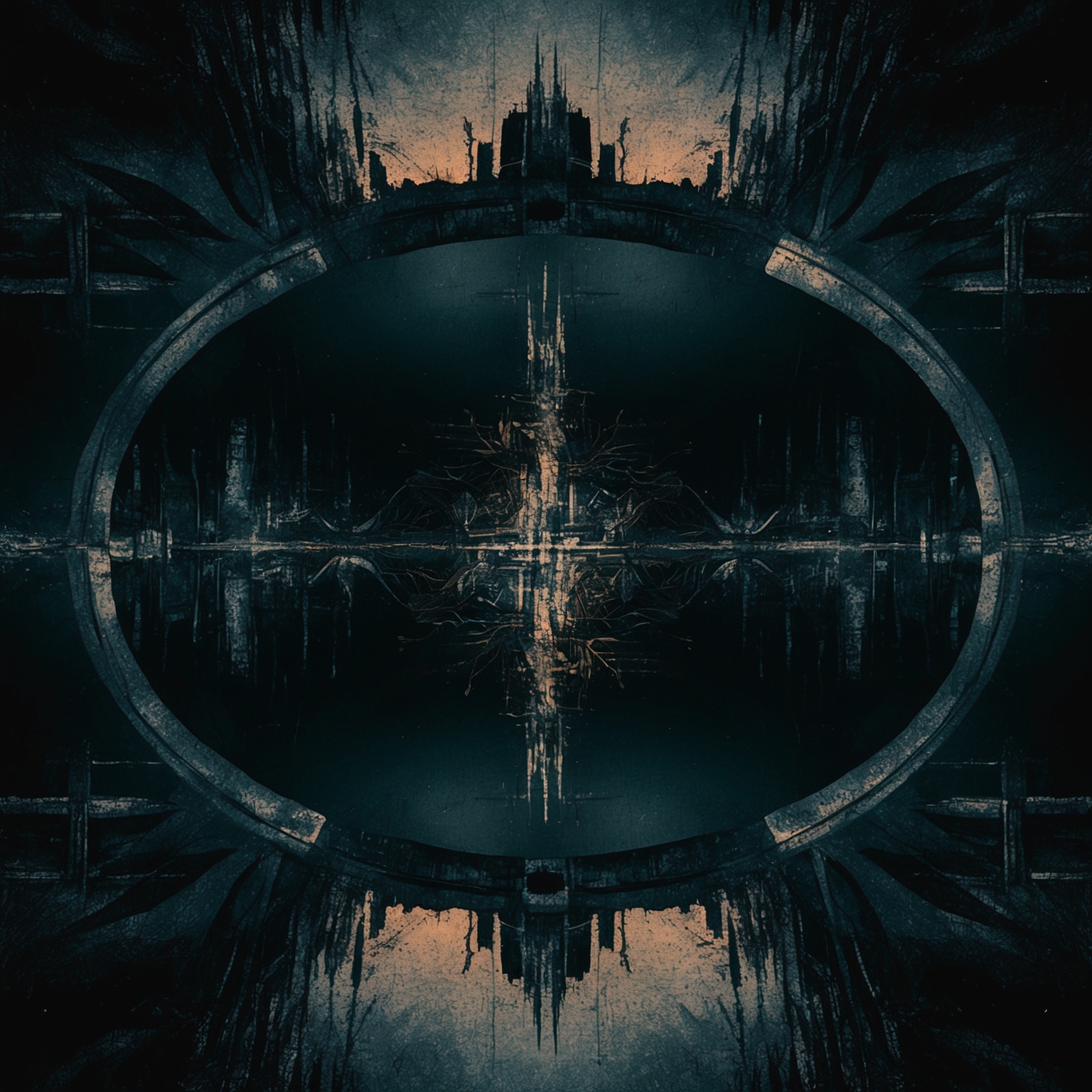 Lyrical Themes and Messages: “Rotten Apple” by Alice In Chains delves into somber and introspective themes that resonate deeply with listeners. The repeating line “Hey, ah-na-na” weaves a haunting pattern, accentuating feelings of loss and disillusionment. The lyrics tap into personal and existential themes, perhaps reflective of struggles with innocence, confidence, and sustenance, suggesting a narrative of change and decay. Released during the grunge era in the mid-1990s, these themes resonate with a generation grappling with complexities of life, identity, and morality, epitomizing the angst and disillusionment of the time.
Lyrical Themes and Messages: “Rotten Apple” by Alice In Chains delves into somber and introspective themes that resonate deeply with listeners. The repeating line “Hey, ah-na-na” weaves a haunting pattern, accentuating feelings of loss and disillusionment. The lyrics tap into personal and existential themes, perhaps reflective of struggles with innocence, confidence, and sustenance, suggesting a narrative of change and decay. Released during the grunge era in the mid-1990s, these themes resonate with a generation grappling with complexities of life, identity, and morality, epitomizing the angst and disillusionment of the time.
Narrative and Storytelling: The lyrics of “Rotten Apple” are notably abstract, allowing for broad interpretation. The repetitive nature of phrases like “Innocence is over” and “Confidence is broken” suggest a cyclic narrative of fallibility and realization. There’s no clear story in the traditional sense, yet the first-person perspective evokes a personal, confessional tone. This narrative choice enhances the emotional weight, engaging listeners by prompting them to find their own stories and meanings within the song’s layered words.
Use of Literary Devices: Alice In Chains masterfully uses literary devices to convey complex emotions in “Rotten Apple.” The use of parallelism in repeated phrases like “Innocence is over” and “Ignorance is spoken” emphasizes the gradual deterioration of purity and trust. Metaphorically aligning innocence with things like sustenance evokes a profound sense of loss. The alliteration in phrases contributes to the song’s musicality, while also embedding a sense of rhythmic despair, mirroring the band’s signature sound—raw, gritty, and deeply evocative.
🎶 Did you know Rotten Apple wasn’t a single? Still, it rocked the charts on #AliceInChains’ EP Jar of Flies, the first EP to hit #1! 🍏🎸 #GrungeLegend #90sRock #MusicTrivia https://bit.ly/4hG2TSG
Click to Tweet

